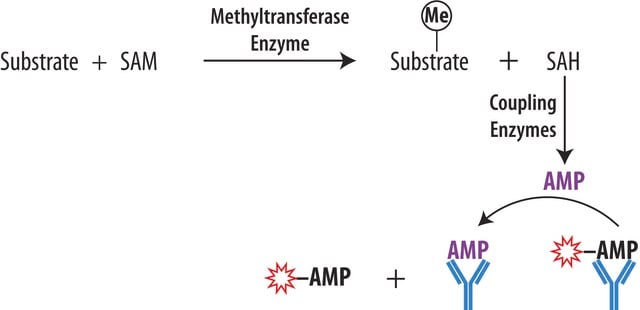03-248
RIPAb+ pan Ago - RIP Validated Antibody and Primer Set
clone 2A8, from mouse
Synonym(s):
Eukaryotic translation initiation factor 2C, 2, Protein argonaute-2, Ago2, Protein slicer, Argonaute2, PAZ Piwi domain protein, Ago4, Argonaute4, Protein argonaute-4
About This Item
Recommended Products
biological source
mouse
Quality Level
antibody form
purified immunoglobulin
clone
2A8, monoclonal
species reactivity
human
manufacturer/tradename
RIPAb+
Upstate®
technique(s)
RIP: suitable
immunocytochemistry: suitable
immunohistochemistry: suitable
immunoprecipitation (IP): suitable
western blot: suitable
isotype
IgG1κ
NCBI accession no.
UniProt accession no.
shipped in
dry ice
General description
Argonaute (Ago) proteins are a family of proteins of ~95 kDa that bind directly to mature miRNAs. In mammals, there are four Ago proteins (Ago1-4). This family of proteins is a central component of most mammalian miRNPs that mediates important functions in small RNA-directed regulatory pathways.
Specificity
Immunogen
Application
Epigenetics & Nuclear Function
Transcription Factors
RNA Metabolism & Binding Proteins
Representative lot data.
HeLa cell lysate was probed with Anti-pan Ago, clone 2A8 (0.5 μg/mL). Proteins were visualized using a Goat Anti-Mouse IgG secondary antibody conjugated to HRP and chemiluminescence detection system.
Arrows indicates Ago (~ 95 kDa) and Radixin (~70 kDa). (Figure 2).
Immunoprecipitation Analysis: A representative lot was used by an independent laboratory in IP. (Nelson, P., et al. (2007). RNA. 13:1787–1792.)
Immunocytochemistry Analysis: A representative lot was used by an independent laboratory in IC. (Nelson, P., et al. (2007). RNA. 13:1787–
1792.)
Immunohistochemistry Analysis: A representative lot was used by an independent laboratory in IH. (Nelson, P., et al. (2007). RNA. 13:1787–
1792.)
Packaging
Quality
Representative lot data.
RIP Lysate prepared from 293 cells (2 X 10E7 cell equivalents per IP) were subjected to immunoprecipitation using 5 µg of either a normal mouse IgG or 5 µg of Anti-pan Ago antibodyand the Magna RIP® RNA-Binding Protein Immunoprecipitation Kit (Cat. # 17-700).
Successful immunoprecipitation of Argonaute proteins-associated RNA was verified by qPCR using RIP Primers IGF2, (Figure 1).
Please refer to the Magna RIP (Cat. # 17-700) or EZ-Magna RIP (Cat. # 17-701) protocol for experimental details.
Target description
Note that this antibody has been reported to cross-react with radixin (~70 kDa). (Nelson, P., et al. (2007). RNA. 13:1787–1792.)
Physical form
Normal Mouse IgG. One vial containing 125 µg of purified mouse IgG in 125 µL of storage buffer containing 0.1% sodium azide. Store at -20°C.
RIP Primer IGF2. One vial containing 75 μL of 5 μM of each primer specific for human IGF2 mRNA. Store at -20°C.
FOR: GCG GCT TCT ACT TCA GCA G
REV: CAG GTG TCA TAT TGG AAG AAC
Storage and Stability
Handling Recommendations: Upon receipt, and prior to removing the cap, centrifuge the vial and gently mix the solution. Aliquot into microcentrifuge tubes and store at -20°C. Avoid repeated freeze/thaw cycles, which may damage IgG and affect product performance. Note: Variabillity in freezer temperatures below -20°C may cause glycerol containing solutions to become frozen during storage.
Analysis Note
Includes negative control normal mouse IgG antibody and control primers specific for the cDNA of human IGF2 mRNA.
Other Notes
Legal Information
Disclaimer
Storage Class Code
10-13 - German Storage Class 10 to 13
Certificates of Analysis (COA)
Search for Certificates of Analysis (COA) by entering the products Lot/Batch Number. Lot and Batch Numbers can be found on a product’s label following the words ‘Lot’ or ‘Batch’.
Already Own This Product?
Find documentation for the products that you have recently purchased in the Document Library.
Our team of scientists has experience in all areas of research including Life Science, Material Science, Chemical Synthesis, Chromatography, Analytical and many others.
Contact Technical Service








